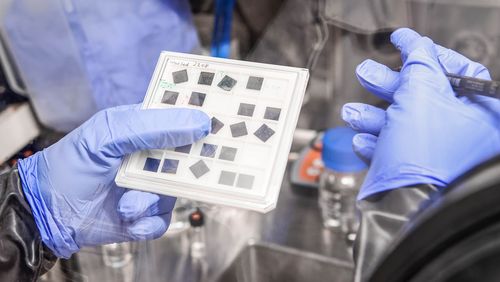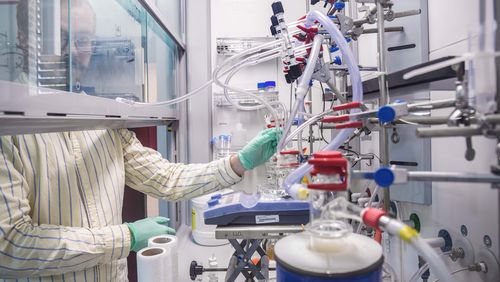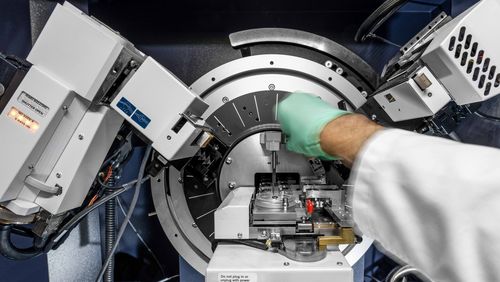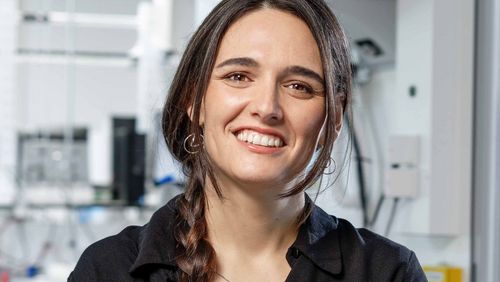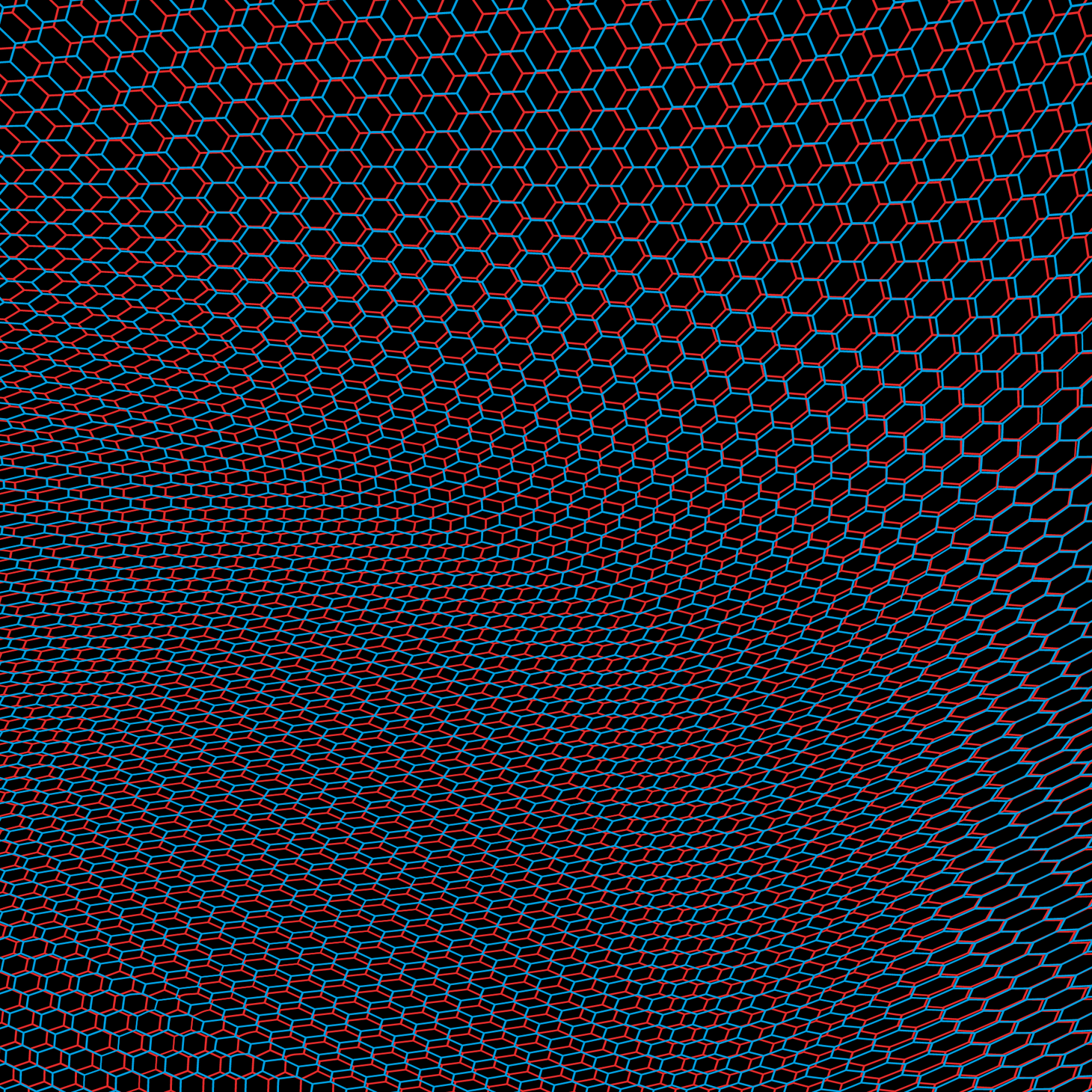
Thermoelectric materials
Whether in a computer or a refrigerator, on a windowpane or the human body: wherever there are temperature differences, it’s theoretically possible to use them to generate electricity. Existing methods, however, are inefficient and expensive. Now, Maria Ibáñez and her research group at IST Austria are working to change that.
Physicist Maria Ibáñez is pursuing an ambitious goal: at IST Austria, she wants to discover or develop new thermoelectric materials capable of generating electrical power from temperature differences more efficiently than the materials currently used. She believes the technology could find use in generators and refrigerators.
The thermoelectric effect is a well-known physical phenomenon. Discovered by physicist Thomas Seebeck 200 years ago, the principle is surprisingly simple: if one side of a material is warm and the other cold, electrons will collect on the cold side, which generates electric voltage. However, the process is extremely inefficient: with the materials used up to now, only very little electricity is produced.
Physicist Maria Ibáñez has plans to improve on the existing technology. At the Werner Siemens Laboratory for Research on Thermoelectric Materials at the Institute of Science and Technology Austria (IST Austria) in Klosterneuburg near Vienna, she and her team are experimenting with new, more efficient thermoelectric materials. In their work, they fabricate materials with precisely defined nanostructures to give them the desired properties. Of key importance is the fact that a thermoelectric material is able to simultaneously conduct electricity well but heat poorly, as the principle functions on the basis of temperature differences.
Ibáñez has high hopes for the high throughput equipment that will form part of her lab, which is currently under construction. There, she and her group will be able to develop and analyse several different materials in various conditions at the same time – and make even swifter progress than in the past. If the venture proves successful, the path is clear for a veritable revolution in how electricity is produced. Whether in engiines, refrigerators, water pipelines or on the human body: power can be generated from ordinary objects wherever temperature differences are found.
Facts and figures
Project
At IST Austria, physicist Maria Ibáñez and her research group are seeking high-efficiency, cost-effective thermoelectric materials to convert temperature differences into electricity. The overall aim is a broad application of thermoelectricity in, for instance, generators and cooling devices.
Funding from the Werner Siemens Foundation
The Werner Siemens Foundation is financing the Werner Siemens Laboratory for Research on Thermoelectric Materials at IST Austria. The search for suitable thermoelectric materials is to be accelerated by using high-throughput material screening, machine learning, data mining and atomistic simulation.
Amount
8 million euros, distributed over 8 years
Project duration
July 2020 to June 2028
Project leader
Prof. Dr Maria Ibáñez, Institute of Science and Technology (IST Austria), Austria



